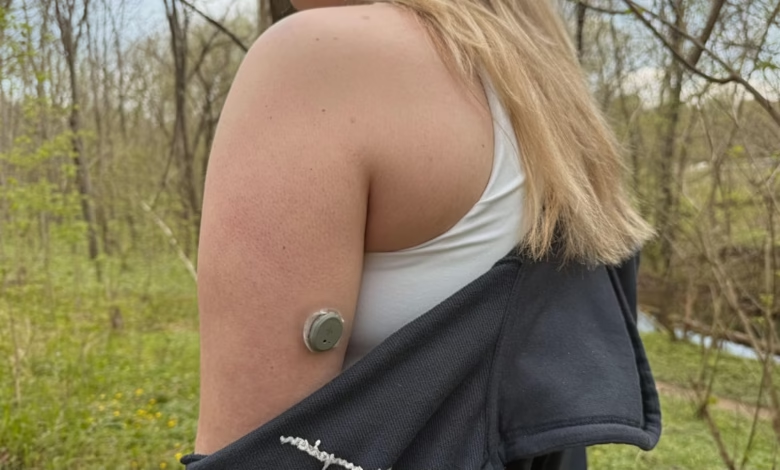AI vs. Traditional Glucose Monitor: My 2-Week Test Results

▼ Summary
– The Stelo by Dexcom is an over-the-counter continuous glucose monitor (CGM) that tracks glucose levels via sensors and syncs data to a smartphone app.
– The app uses generative AI to provide lifestyle recommendations and share data with healthcare providers, though its features are still in early development.
– During testing, the Stelo showed 93% accuracy compared to finger-prick monitors, with minor discrepancies due to interstitial fluid lag and external factors.
– The device helped the user identify glucose spikes from stress and diet, offering insights on stabilizing levels through exercise and mindful eating.
– Priced at $99 for two 30-day sensors, the Stelo is recommended for managing metabolic health but needs more AI-driven features for a comprehensive experience.
Managing glucose levels effectively is crucial for metabolic health, especially for those with prediabetes or insulin resistance. The Stelo by Dexcom, an over-the-counter continuous glucose monitor (CGM), offers real-time tracking through a smartphone app, leveraging AI-powered insights to help users make informed lifestyle choices. Priced at $99 for a 30-day supply, it competes with traditional finger-prick monitors while providing a more seamless experience.
During a two-week test, the Stelo demonstrated 93% accuracy when compared to conventional glucose readings. The sensor, applied to the back of the arm, uses a flexible needle that causes minimal discomfort—similar to an ear piercing. After a brief 20-minute warm-up period, it delivers continuous data, tracking food intake, stress, and exercise. The app’s generative AI, powered by Google Cloud’s Vertex AI, analyzes trends and offers weekly recommendations, though the feature is still in early development.
One standout benefit was the spike alerts, which highlighted how stress and certain foods impacted glucose levels. For instance, gaming sessions and high-carb meals triggered noticeable fluctuations, reinforcing the importance of balanced nutrition and stress management. The app also encouraged short bursts of activity, like 15-minute walks, which helped stabilize glucose levels over time.
However, the Stelo isn’t without limitations. The adhesive collects dirt easily, and some users reported sensor malfunctions. While the AI insights are promising, they currently lack immediacy—taking a full week to generate suggestions. Future updates could enhance the experience, such as a food-scanning feature for instant nutrient analysis.
For those considering a CGM, the Stelo provides a user-friendly alternative to finger-prick tests, particularly for individuals managing prediabetes or Type 2 diabetes (not requiring insulin). Athletes may also find it useful for optimizing performance. Though not flawless, its accuracy and convenience make it a worthwhile investment for proactive health monitoring.
(Source: ZDNET)
